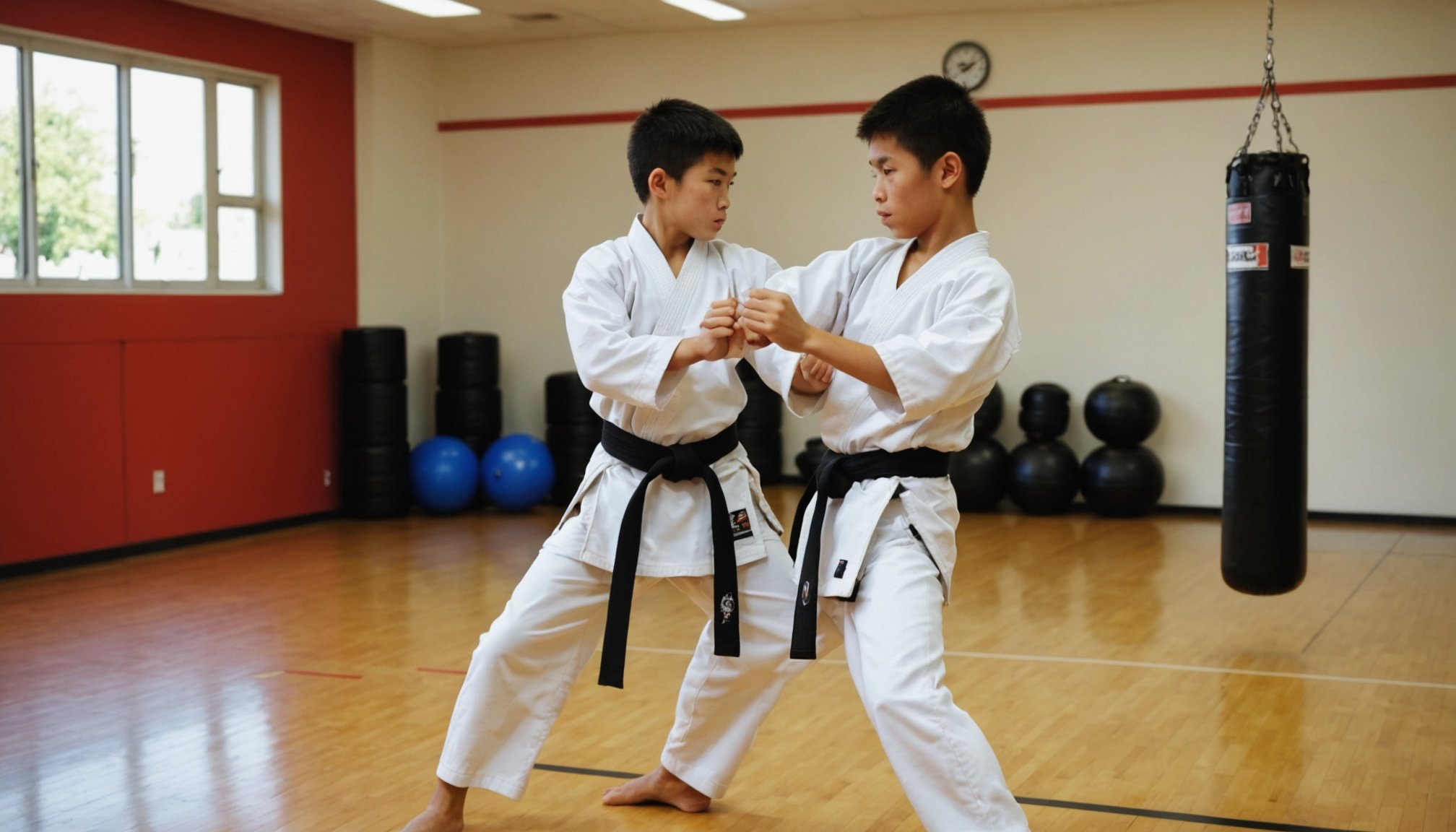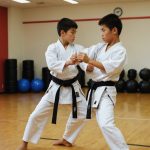Overview of Emotional Resilience in Teens
Understanding emotional resilience is key to appreciating its vital role in teen psychology and psychological development. Emotional resilience refers to an individual’s ability to adapt to and recover from stress and adversity. Developing resilience is particularly crucial during adolescence, a period characterised by significant psychological development.
Emotional challenges commonly encountered by teenagers include peer pressure, academic expectations, and the quest for identity. These challenges can affect emotional and psychological well-being, impacting self-esteem and mental health. However, by fostering emotional resilience, teens can navigate these challenges more effectively, leading to better outcomes in both personal and academic spheres.
In the same genre : Understanding panic attacks: signs, causes, and solutions
Physical activity and structured environments are instrumental in cultivating emotional resilience. Engaging in regular physical activities, such as sports or dance, provides teens with outlets for emotional release and stress relief. Structured environments, whether in school, extracurricular activities, or at home, provide a sense of stability and predictability, which aids in developing coping mechanisms.
This foundation allows teenagers to strengthen their resilience, building a robust capacity to handle life’s ups and downs. By acknowledging and addressing these aspects, caregivers and educators can play a significant role in nurturing emotionally resilient adolescents. With the right support and opportunities, teens can grow into emotionally stable and adaptable adults.
This might interest you : Exploring the Link: How Oral Hygiene Impacts Heart Health and Cardiovascular Disease
Martial Arts as a Discipline
Participation in martial arts training offers a structured approach that is invaluable in cultivating discipline and emotional resilience in teenagers. Unlike traditional physical activities, martial arts emphasise self-control, respect, and perseverance, fostering a unique sense of responsibility.
Various martial arts forms, including karate, judo, and taekwondo, each focus on different aspects of discipline. For instance, karate promotes self-discipline and mental sharpness through systematic practice, while judo emphasises balance and mental agility. Generally, these practices share a core belief in developing mental toughness alongside physical prowess.
Consistency in martial arts training is crucial. Regular practice demands commitment and effort, helping teenagers develop a routine that builds resilience and the ability to handle life’s challenges. This consistency is not just about practising moves but also instilling habits of self-discipline and focus.
When comparing martial arts discipline to traditional physical activities like soccer or basketball, the former’s focus is more individual-centred, allowing teens to develop personal goals and advance at their own pace. This personalized advancement fosters an intrinsic motivation, promoting psychological development alongside physical growth. Through this holistic approach, martial arts help teenagers navigate emotional and psychological challenges, contributing to overall well-being.
Techniques Promoting Resilience in Martial Arts
In martial arts, a variety of resilience techniques are employed to provide practitioners with effective coping strategies and enhance stress management skills. These techniques are designed not just to bolster physical strength but also to foster emotional and psychological resilience.
Breathing Techniques
Breathing techniques are foundational in martial arts, offering a way to manage stress and anxiety effectively. By focusing on deep, controlled breathing, practitioners can significantly lower heart rates and promote calmness. This practice enhances the ability to stay composed under pressure, which translates into better emotional regulation in daily life. Regular integration of conscious breathing aids individuals in managing overwhelming emotions, promoting overall emotional stability.
Visualization Practices
Visualization is another key component used to enhance both performance and emotional fortitude. Practitioners are encouraged to vividly picture successful outcomes before they occur. By doing so, they mentally prepare for challenges, boosting confidence and reducing fear. This practice not only sharpens focus but also reinforces a resilient mindset conducive to overcoming adversity.
Goal Setting
Setting and achieving goals in martial arts is crucial for personal growth. It fosters self-discipline and perseverance. By establishing specific, measurable objectives, individuals can track progress, maintain motivation, and experience genuine accomplishment. This practice is vital in developing resilience, as it aligns efforts with tangible rewards, reinforcing a strong work ethic and dedication.
Psychological Benefits of Martial Arts Training
Engaging in martial arts training offers numerous psychological benefits for teenagers, significantly impacting their mental health and fostering emotional stability. Researchers have identified that martial arts training contributes to improved mental well-being, helping practitioners manage emotions better. This positive impact is largely due to the emphasis martial arts places on discipline, mindfulness, and self-awareness.
Practitioners often experience enhanced emotional regulation and reduced symptoms of anxiety and depression. This improvement comes from the structured practice of martial arts, which focuses on developing both the body and mind. Through regular training, individuals learn to channel their energy positively, promoting a sense of calmness and inner peace.
Additionally, martial arts training encourages mindfulness, a practice that involves being present and fully engaged in the current moment. This heightened state of awareness allows individuals to recognise and manage their emotions more effectively. By reducing stress and increasing focus, mindfulness techniques integrated into martial arts can significantly boost emotional resilience.
Ultimately, martial arts offer a holistic approach to personal development, equipping teenagers with invaluable tools for life. By nurturing emotional health, martial arts play a crucial role in empowering teens to navigate the complexities of adolescence with confidence and adaptability.
Testimonials and Case Studies
Real-life personal experiences and success stories provide compelling evidence of the benefits of martial arts in cultivating emotional resilience among teenagers. Many practitioners have shared their transformative journeys, highlighting how martial arts training has significantly improved their psychological well-being. For example, a teenager overcoming severe anxiety through consistent practice of breathing techniques illustrates the practical application of martial arts in real-life scenarios.
Martial arts instructors often observe remarkable transformations in their students. They note increased emotional stability and improved confidence levels as common outcomes. These changes are attributed to the structured and disciplined environment martial arts provide, offering teens a constructive way to channel their energy and emotions.
Case studies further elucidate these benefits, offering insights into how specific martial arts forms impact various aspects of emotional resilience. A study from a local dojo revealed that over 80% of participating teens reported a decrease in stress levels within six months of training. Furthermore, these studies showcase martial arts as a viable strategy not only for managing emotional challenges but also for promoting overall mental health and development. Such testimonials and studies underscore the profound impact martial arts can have on fostering resilience and emotional growth in adolescents.
Conclusion and Future Research Directions
Exploring the future research possibilities in martial arts and emotional resilience opens avenues for understanding long-term benefits. Existing studies underscore martial arts as a valuable tool for emotional and psychological development. However, significant research gaps remain, particularly in longitudinal studies that track the enduring effects of martial arts training on adolescents.
One key area is the potential for expanding martial arts programs within educational environments. Schools can play an instrumental role by incorporating martial arts as a part of the regular curriculum. This has the potential to create a structured environment where resilience can be consistently nurtured. Further research is necessary to evaluate the effectiveness of such programs, particularly their impacts on behavioural and academic outcomes.
Additionally, more emotional resilience studies are needed to ascertain how different martial arts styles contribute uniquely to mental health. Each discipline might bring diverse benefits, providing a broader understanding of which forms are best suited for enhancing resilience in varying demographic groups.
Research into the long-term psychological benefits could illuminate how martial arts training impacts adulthood. By addressing these gaps, future research can foster a deeper understanding, encouraging the integration of martial arts into holistic emotional development strategies.











